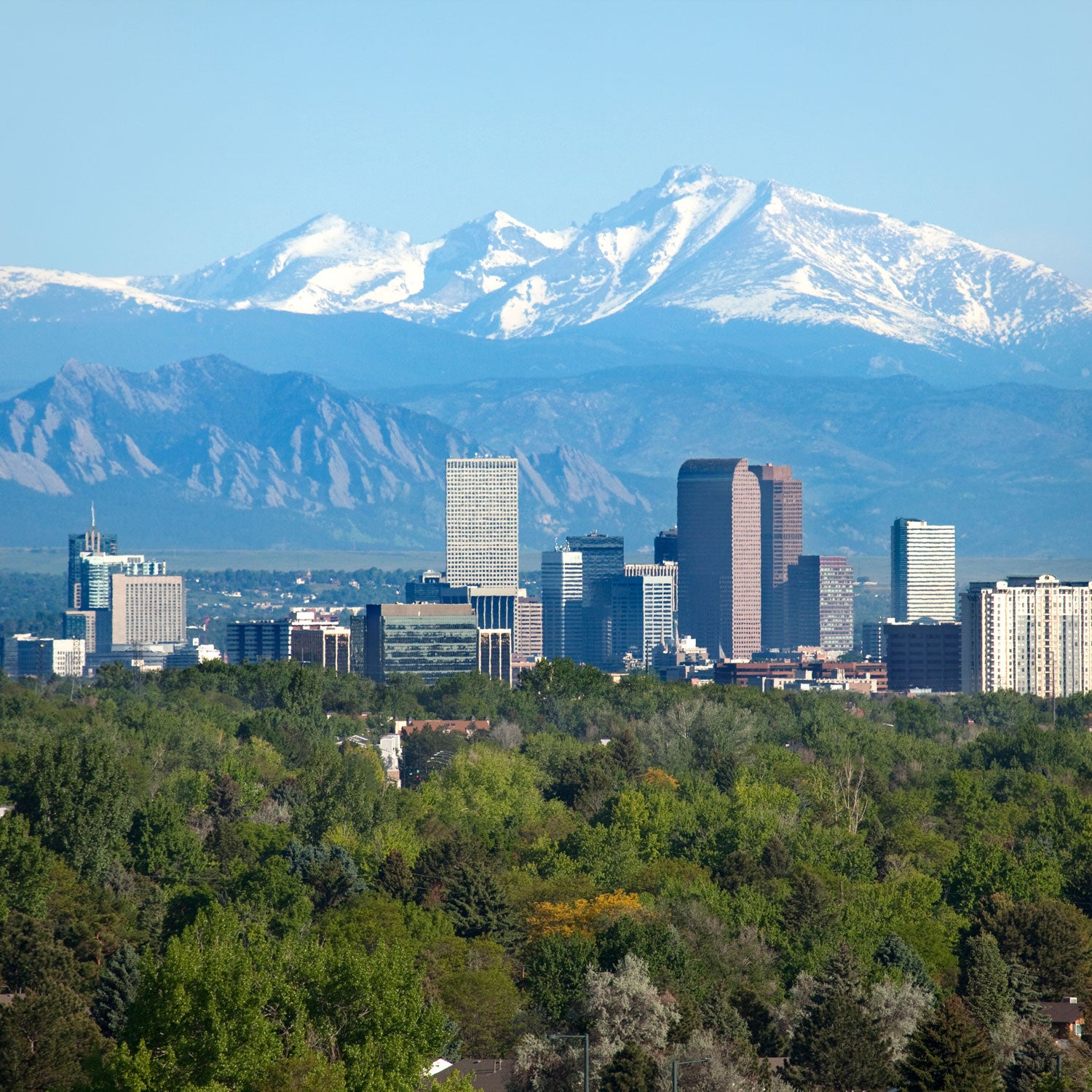Sprawl is what happens to growing municipalities that lack a creative approach to density and mobility. But now some visionaries are reinventing it to relieve pressure on crowded and expensive city cores. Los Angeles is doubling down on to connect once disparate communities and allowing denser development around transit stations, which could eliminate the need for a true city center. Meanwhile, developers in Austin, Texas, are creating a “” ten miles north of South Congress that will feature co-working spaces, mid-rise commercial buildings, and housing.
In , where one of the most successful urban renewals has taken place over the past half century, many living in or near the city center are looking to the suburbs as an escape route, both literally and financially. And with some inspired urban planning that emphasizes greenspace, transportation, entrepreneurship, and culture, four of its fringe towns are positioning themselves to be much more than bedroom communities.
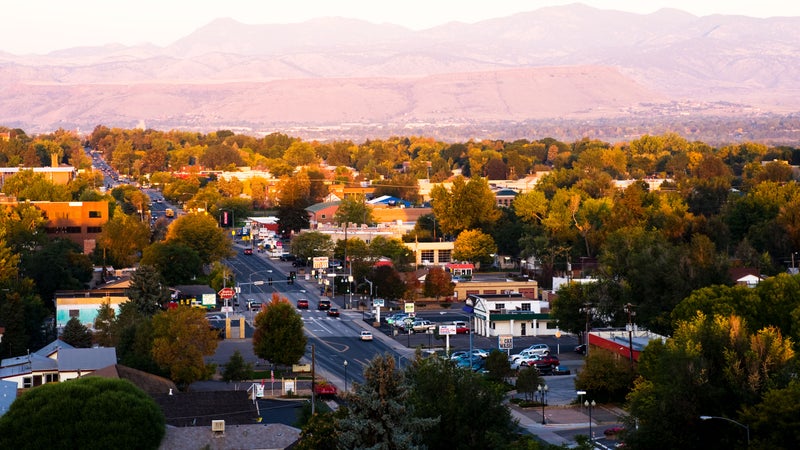
Wheat Ridge
Population 31,294
Problem: An aging and declining population.
Plan: Attract younger residents by constructing nearly 700 middle-income housing units, narrowing the street through its 38th Avenue business district to create a pedestrian-friendly corridor, and building a wakeboarding facility.
Outlook: More than 30 new businesses have opened on 38th Avenue since the plan was adopted in 2011, and the city hopes to maintain that momentum by developing nearly 200 more acres.
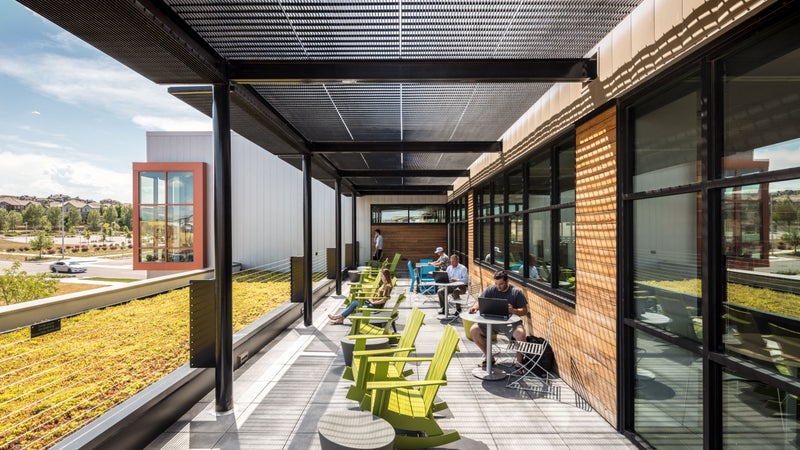
Lone Tree
Population 13,566
Problem: A classic edge city, Lone Tree has a population that drops by half each evening as workers head home to more livable communities.
Plan: Turn 2,500 acres of adjacent land into a walkable smart city that integrates fiber-optic networks, electric-vehicle charging stations, and sustainable infrastructure, all designed with future growth in mind.
Outlook: City planners expect up to 30,000 new residents over the next three decades. Meanwhile, an emphasis on preservation means that the town will punch way above its weight in terms of parks, trails, and bike paths.
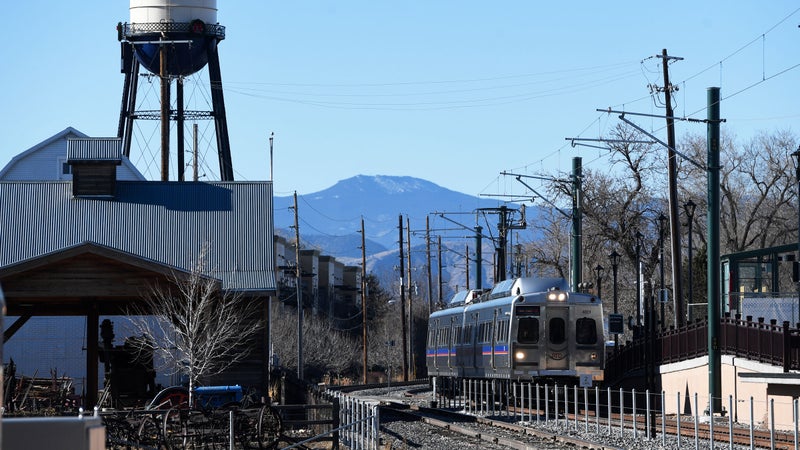
Arvada
Population 118,807
Problem: Connecting its rapidly growing population to the outdoors.
Plan: In 1964, Arvada planners pledged to make sure that every resident lives within a ten-minute walk from a park—a tough task when the city expects to see 16 percent growth in the next 12 years.
Outlook: The city is 92 percent of the way there, with 86 neighborhood parks and 152 miles of trails.
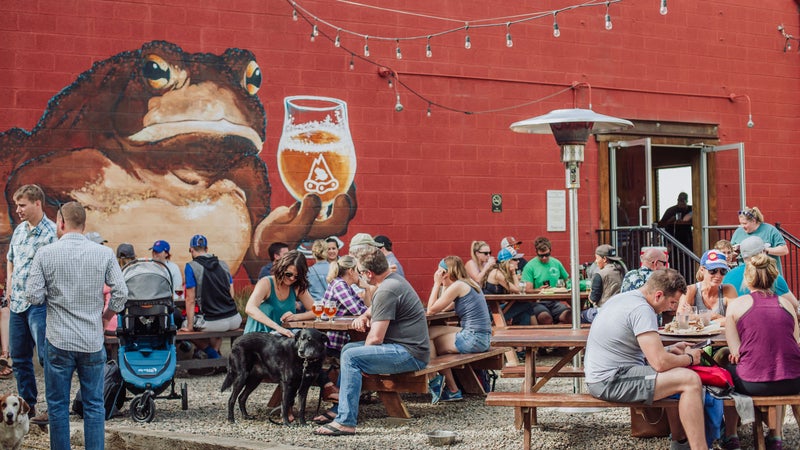
Golden
Population 20,571
Problem: Keeping its economy vital.
Plan: Attract a new wave of entrepreneurship by focusing on modern municipal services, including cutting-edge data and communication infrastructure, carless commuting, and lending support to a business accelerator.
Outlook: City planners have seen a drastic change in the town’s entrepreneurial spirit over the past 15 years, with technology, energy, and outdoor-recreation startups calling it home.


